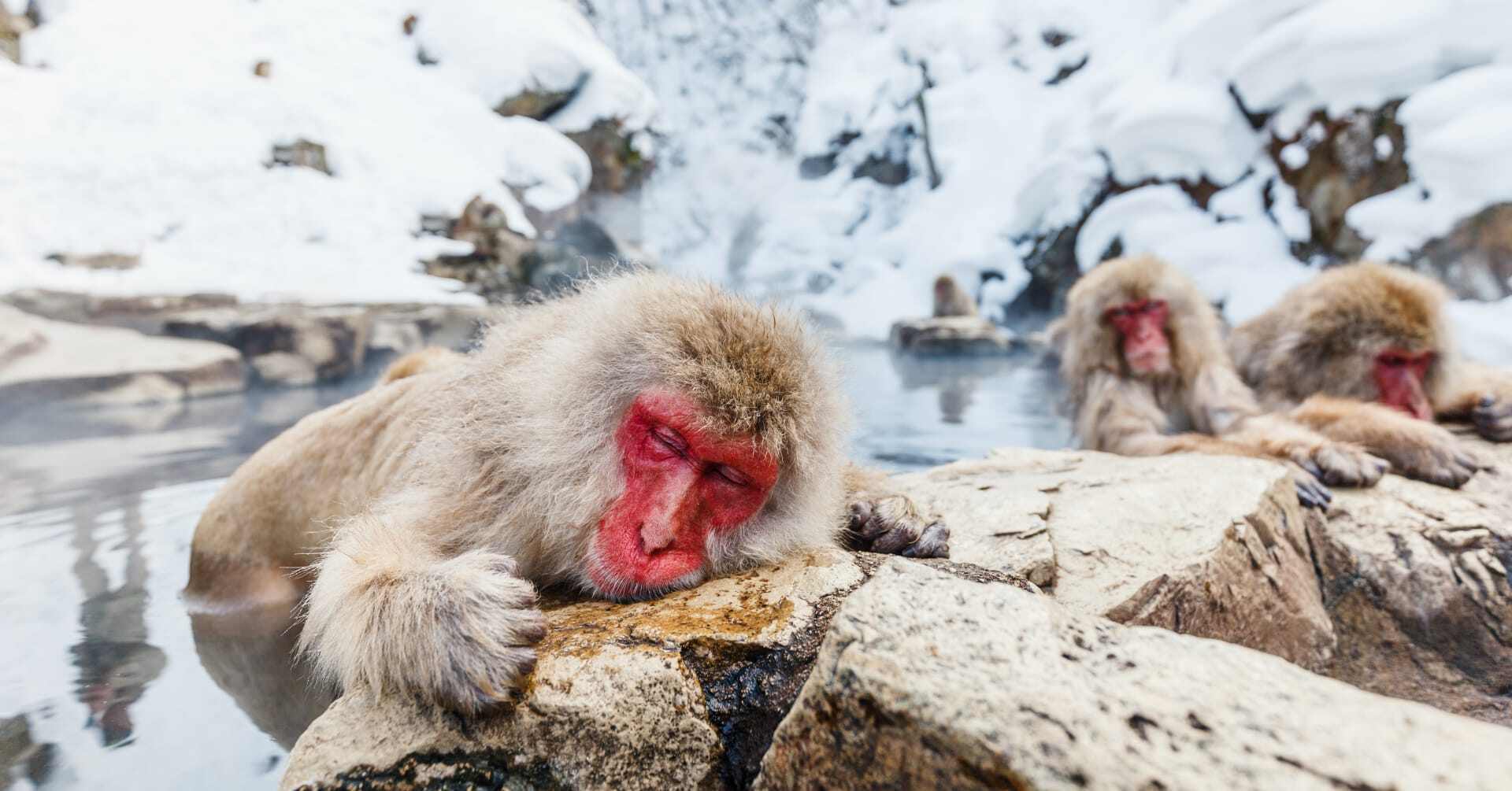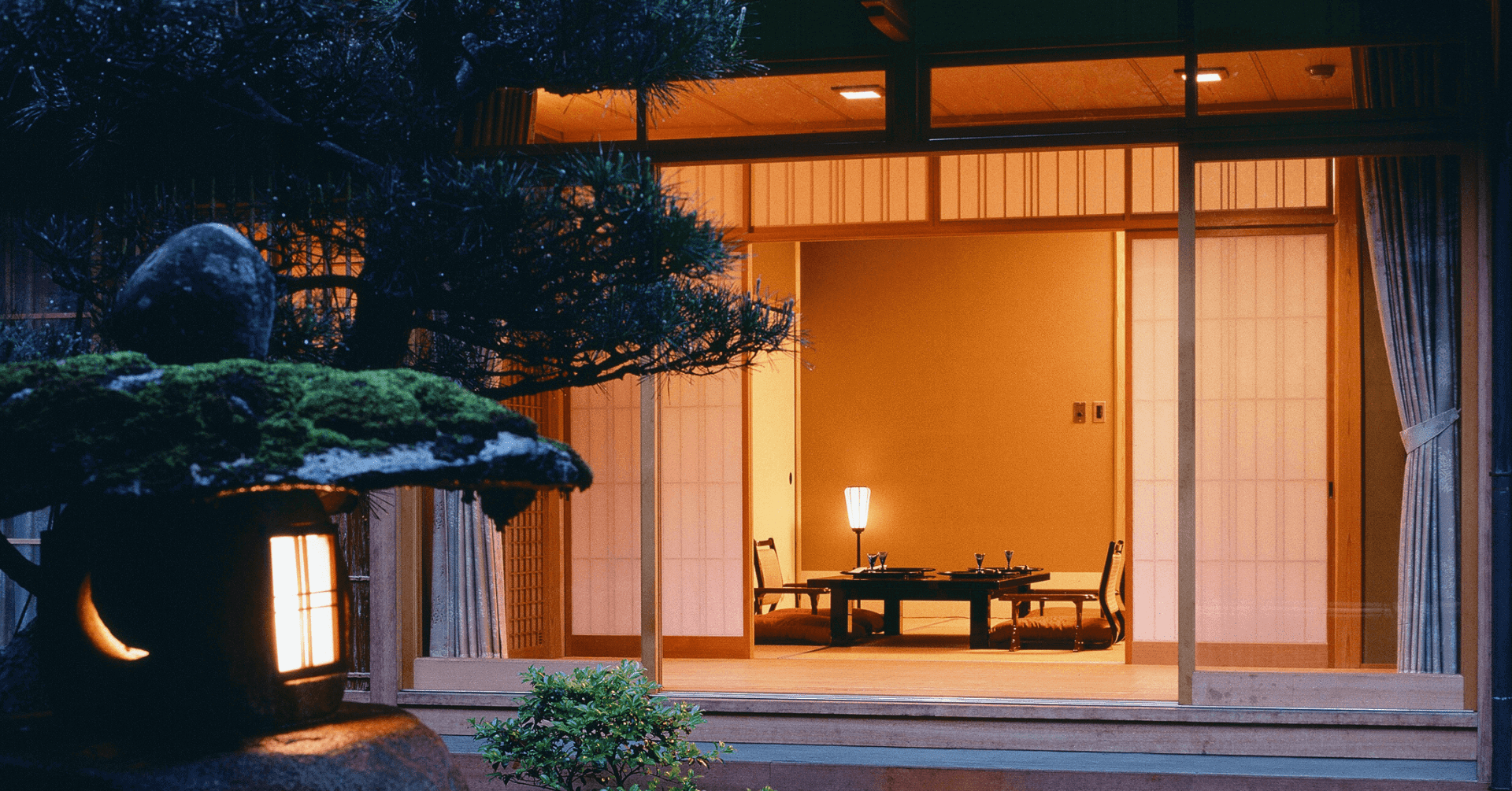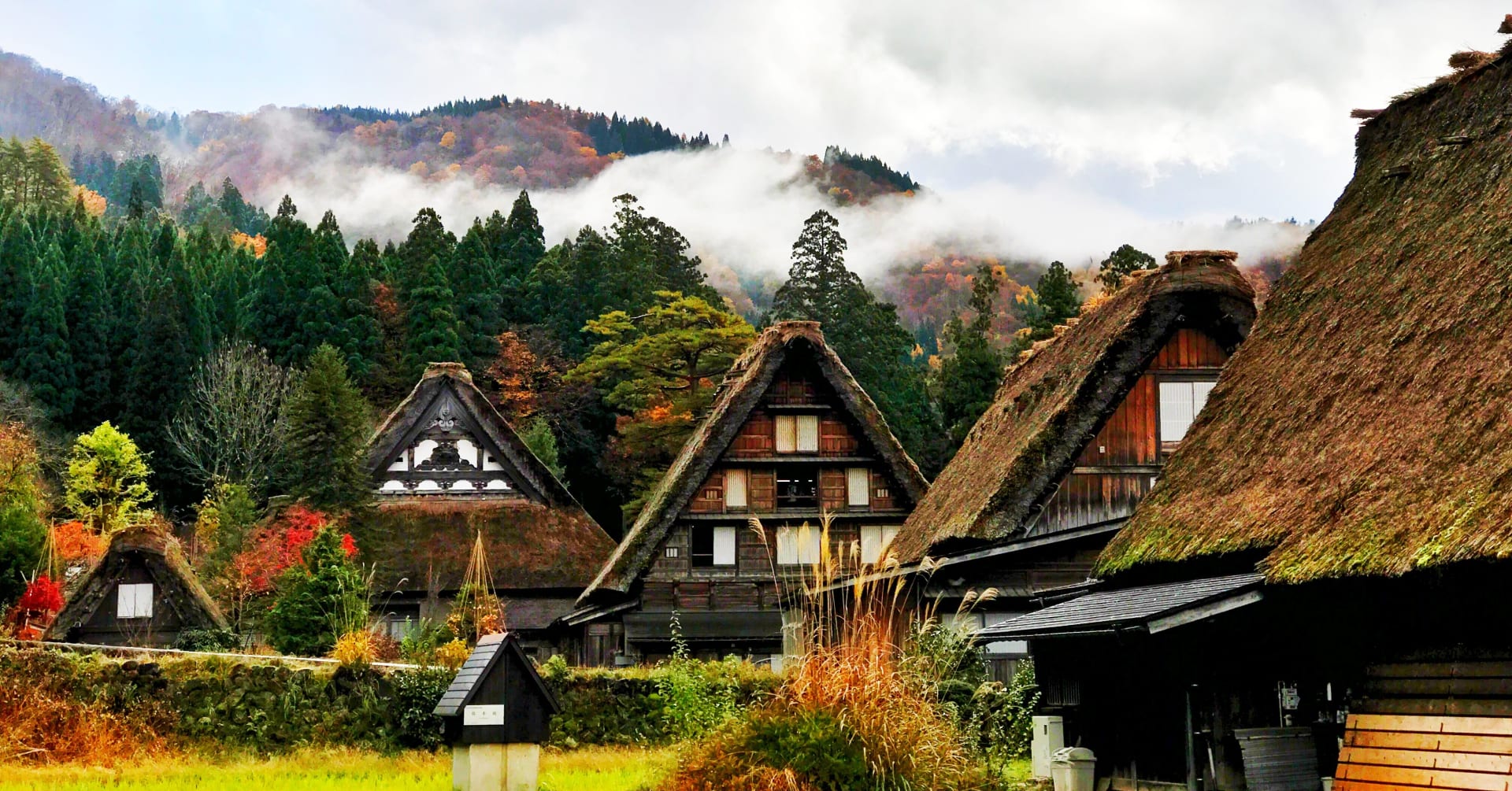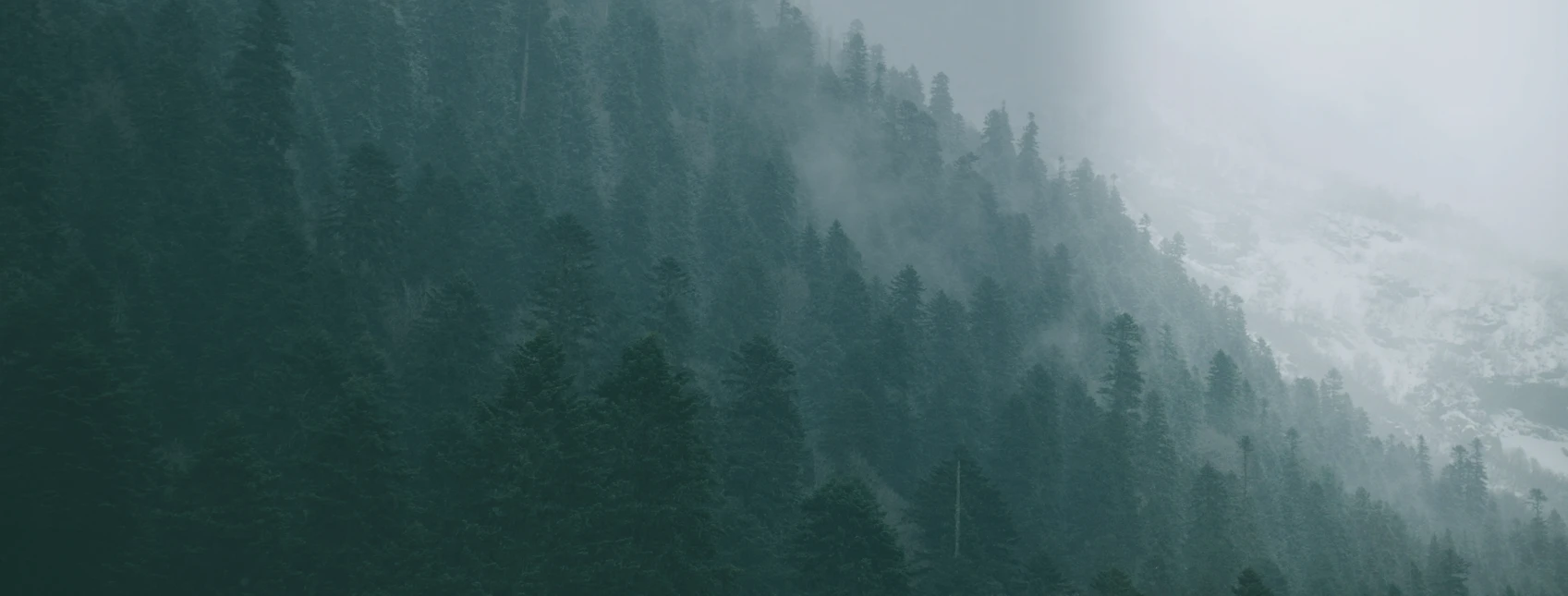World-Class Japan Ski:
the Ultimate Bespoke Guide
A trip to Japan invites passionate travellers to immerse themselves in a world where culture, history, and natural beauty intertwine in a breathtaking display of national heritage. From its heart-warming hospitality philosophy to its spellbinding landmarks and ever-changing seasonal landscapes, Japan captivates the senses at every turn. As the country continues to rise as a tourist hotspot, expected to welcome over 40 million tourists by the end of 2025, its world-class ski scene remains one of its best-kept secrets. Our advice? Discover Japan’s magical slopes now, before its pristine resorts are swept up by the mainstream travel crowd.
Why Japan is a World-Class Ski Destination
Combined with the country's endless city tours, ryokan stays, and cultural adventures, a Japan ski tour offers everything winter lovers could hope for, and more. Home to some of the best ski resorts in the world, you can expect comfortable rooms, world-class hospitality, and a wide range of amenities, from delicious cuisine to private hot springs, ensuring your sporty escapade is as relaxing as it is exhilarating. For families with young children, many luxury ski resorts in Japan are marked for their welcoming, family-friendly atmosphere, with kids' parks and activities designed to keep all ages entertained. Meanwhile, Japan's top-tier transportation links mean you’ll enjoy efficient transfers throughout your whirlwind tour.
Further advantages come from Japan's abundance of well-maintained ski areas, with heavy snow blanketing northern regions (particularly the island of Hokkaido) and the Japanese Alps from late November or early December. Paired with the majestic volcanic landscapes that define Japan’s winter scenery, the deep, dry powder creates ideal conditions for skiing and snowboarding. The variety of slopes across these expansive mountainous regions makes skiing in Japan accessible to all abilities and ages, while consistently cold temperatures keep the snow in excellent condition. For seasoned skiers, the backcountry terrain offers an exciting challenge, delivering less predictable routes and access to some of Japan’s most secluded, snow-covered scenery.
Explore our brand new tailored Japan ski itinerary, applicable to change:
Where is the Best Skiing in Japan?
Japan's three islands each offer a treasure trove for the curious traveller, with hotels that match the scenery and cultural offerings reflecting the country's rich heritage. Similarly, the best skiing in Japan can be found from north to south, across a range of beautiful locations blessed with abundant winter snow. Here is a selection of our favourite ski destinations in Japan:
Niseko, Hokkaido
Perhaps the most famous ski area in Japan, Niseko is renowned for its plentiful powder during winter, attracting more and more tourists (particularly from Australia) to its varied slopes and scenic backcountry routes each year. The magnificent Mount Niseko-Annupuri, a 1,308-metre mountain, is home to the region's major resorts, including the luxurious Niseko Village and the English-friendly Grand Hirafu. For those seeking quality restaurants, bars, shops, and nightlife during their ski tour in Japan, Nise
Tohoku, Honshu
Tohoku is a quieter option for your luxury Japan ski adventure, less touched by the tourist stream and a brilliant choice for those drawn to the peace and stillness of the country’s winter landscapes. Located in the northern part of Japan's main island, Honshu, Tohoku consists of six prefectures and is famed for hot spring baths sourced from its volcanic terrain. You can stay in expansive luxury resorts like Appi Kogen and Zao Onsen Ski Resort, both ski and snowboard hotspots that welcome families, experts, and more.
Hakuba Valley, Nagano
Nestled in the northern Japanese Alps in northwestern Nagano Prefecture, Hakuba Valley is home to ten incredible ski resorts with an average snowfall of 11 metres. Each resort offers something unique, from varying snow conditions and trail types to diverse facilities and atmospheres. Hakuba Goryu draws those curious to experience Japan’s vibrant night skiing scene, while Hakuba 47 is known for its smooth daytime slopes, often accompanied by live jazz. With a well-balanced mix of beginner, intermediate, and advanced terrain, Hakuba's reputation as a top-tier ski destination was secured when it hosted events during the 1998 Nagano Winter Olympics.
Central Hokkaido Ski Region
This beautiful region receives Japan's lightest and driest snow and features a range of modern resorts, including the iconic Furano Ski Resort, which has a more local feel than tourist hotspots like Niseko. Attracting fewer foreign guests, Central Hokkaido resorts offer exceptional skiing and snowboarding on largely untouched powder, making it an ideal area for exploring multiple locations. Alongside the variety of trails, you can enjoy distinct cultural experiences, with Furano and Asahikawa cities serving as excellent bas
Best Time to Go Skiing in Japan
The best time to ski in Japan generally depends on what you're looking for, whether it's snow quality, festive vibes, quietude or lower rates. While Japan’s ski season generally runs from late November to early April, each window has its own appeal based on snow reliability, resort activity, and tourism volume.
Early Season: November - December
Budget-friendly, Less Reliable
If you're hoping to avoid the crowds and snag lower prices, late November to early December might be for youm especially in northern regions like Hokkaido. Resorts like Niseko and Central Hokkaido may already be open, but snowfall can be inconsistent and some lifts may still be closed. Mid-December sees more consistent snowfall and better terrain coverage, making it a safer bet for early-season travelers.
Peak Season: January - February
Best Snow, Big Crowds
This is Japan’s prime ski window. Expect deep powder, consistently cold temperatures, and fully operational resorts. January in particular is famed for “Japow”: ultra-light, dry powder snow. Festivals like Chinese New Year and the Sapporo Snow Festival draw extra crowds and drive up accommodation rates, so plan early and book smart. It’s the best time to ski in Japan if quality of snow and terrain are your top priorities.
To seek specialist advice about the best time for your Japan skiing holiday, fill in our form and we will get you in touch with our Japan expert.
Late Season: from March - April
Spring Skiing, Quiet Atmosphere
By March, southern and lower-elevation resorts begin winding down, but places like Furano, Niseko, and Gassan (with its famously late opening) continue to offer excellent spring skiing. Snowfall becomes more sporadic in Honshu, but Hokkaido still gets reliable dumps. Fewer tourists, softer snow, and sunny days make spring ideal for relaxed skiing, and you might even catch cherry blossoms blooming in the south.
To learn more about the best seasons to visit Japan for a range of holiday types, read our specialist blog:
Where to Stay During Your Japan Ski Trip:
One of the best parts of skiing in Japan is the country's world-class resorts, ranging from modern to classic, with state-of-the-art facilities, restaurants, and even shopping villages. Many of these hotels embrace the unique, hot-spring culture of Japan, with some located near gorgeous onsen towns and some homing private baths themselves - what could be better than a relaxing bathe after a long day of skiing? On top of this, we believe it is Japan's perfected style of hospitality, a philosophy named Omotenashi, that sets the country's ski resorts apart from others.
Appi Kogen
Located in the Iwate Prefecture of Tohoku (Northern Honshu), Appi Kogen answers the prayers of keen skiers who seek an authentic tour of Japan, with 45-kilometres of beautiful trails, luxurious accommodation, and hot spring facilities. Here, the natural beauty of Japan runs wild, where north-facing slopes overlook pine covered mountains and low humidity fosters perfect winter sport conditions.
Visited recently by Wayfairer's CEO, Jason Stevens, and his teenage daughter, Appi Kogen's quiet ambience, well-groomed slopes, and varied terrain made it a must-have on our brand-new Japan Ski & Culture Itinerary. What makes the resort even more wonderful is its range of eateries that proudly display Japan's diverse cuisine alongside Chinese and Western food, a well-earned treat to follow action-packed days.
Furano Ski Resort
A gem within the Central Hokkaido region, Furano Resort is an icon in the world of Japan skiing, home to some of the country's best quality powders between December and May. Located near the cultural treasure trove of Furano city, just a short shuttle journey away, the resort boasts a ski adventure interwoven with immersive experiences, culinary moments and luxurious facilities. Furano Resort's wide range of terrain accommodates skiers of all levels, with kids services for the little ones and a vast network of gondolas to transport you. One of the highlights of a stay here is the nighttime skiing, encompassing thrilling cruises down the slopes until 8pm, followed by hot food and refreshing drinks in ski-to-the-door eateries.
Niseko Village
Located in Japan’s most famous ski area, Niseko United, Niseko Village is a serene alpine retreat offering access to world-renowned pistes, rejuvenating natural hot spring baths, and accommodation that mirrors the tranquillity of Japan’s winter landscapes. For those who enjoy the finer things in life, the elegance of Niseko Village is unmissable, opening a lavish gateway to Hokkaido’s legendary powder.
With a Niseko United Lift Pass, guests can explore everything from thrilling backcountry adventures to beginner-friendly slopes, with action-packed days followed by evenings in ultimate comfort. A variety of hotels within the resort offer a wide range of price points, room types, and dining experiences, the most luxurious being the Ritz-Carlton Reserve.
Experience a Tailor-Made Japan Ski Tour with Wayfairer Travel.
Discover the Best of the Best.
If you feel ready to start planning your luxury Japan tour, call our Luxury Travel Specialists for a chat or fill out our no-obligation enquiry form.






.png?width=400&height=400&name=Website%20itineraries%20(44).png)






